
Yungasocereus is a monotypic genus of cacti. Its sole species is Yungasocereus inquisivensis, native to Bolivia.

Cleistocactus morawetzianus is a species of columnar cactus in the genus Cleistocactus, endemic to Peru.
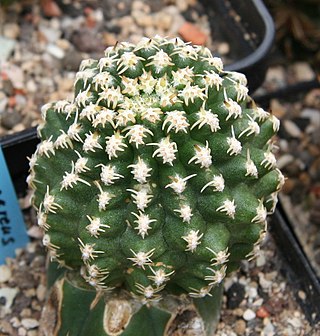
Haageocereus bieblii is a species of Haageocereus from Peru.

Arthrocereus spinosissimus is a species of cactus in the subfamily Cactoideae from Brazil.

Weberbauerocereus cuzcoensis is a species of Weberbauerocereus from Peru.

Weberbauerocereus rauhii is a species of Weberbauerocereus from Peru.

Weberbauerocereus weberbaueri is a species of Weberbauerocereus from Peru.

Haageocereus pseudomelanostele is a species of Haageocereus found in Peru.
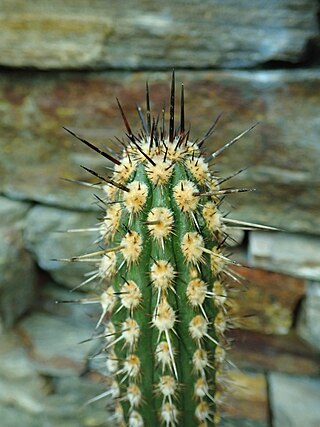
Weberbauerocereus cephalomacrostibas is a species of cactus in the family Cactaceae. It is found in Arequipa Department, Peru and consists of 2 subpopulations.
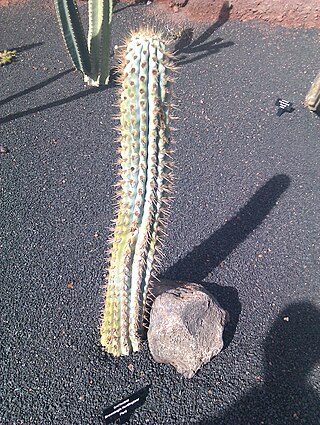
Browningia hertlingiana is a species of Browningia found in Peru.
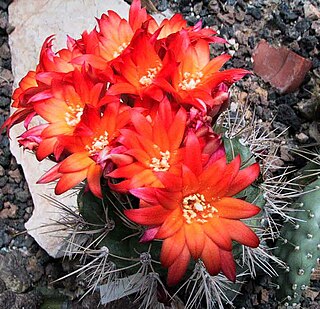
Matucana oreodoxa is a species of Matucana found in Peru.

Weberbauerocereus winterianus is a species of Weberbauerocereus from Peru.

Haageocereus versicolor is a species of Haageocereus found in Peru.
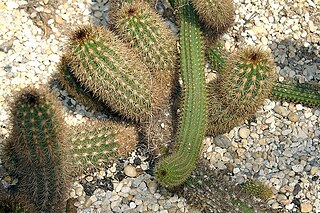
Haageocereus acranthus is a species of Haageocereus found in Peru.

Oreocereus ritteri is a species of Oreocereus found in Peru.
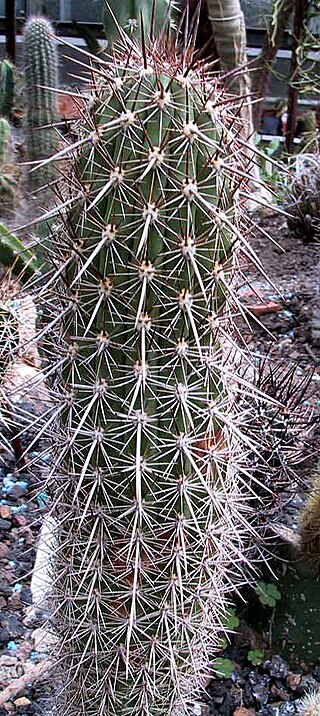
Haageocereus platinospinus is a species of Haageocereus found in Peru.

Loxanthocereus xylorhizus is a species of Loxanthocereus found in Peru.
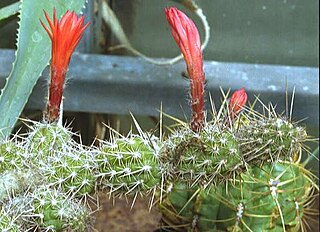
Loxanthocereus sextonianus is a species of Loxanthocereus found in Peru.
Weberbauerocereus churinensis is a species of cactus in the genus Weberbauerocereus, native to Peru.

Echinocereus viereckii is a species of cactus native to Mexico.




















